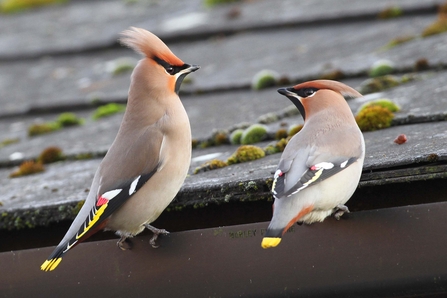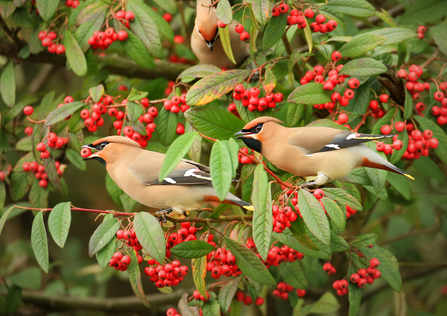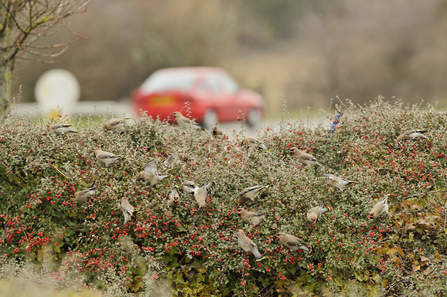Every winter, millions of birds travel to the UK to escape the harsher weather that sets in at their breeding grounds. Families of whooper swans fly down from Iceland, thrushes and finches flee the forests of Northern Europe, and ducks from across the continent fill our wetlands. But there is one bird whose arrival is more eagerly anticipated than any other: the waxwing.
There are only three species of waxwing found around the world. Our regular visitor is the bohemian waxwing, but there is also the cedar waxwing (found in North America) and the Japanese waxwing (found in Northeast Asia). Every autumn, birdwatchers cross their fingers and hope that the coming winter will bring an influx of bohemian waxwings to our shores.
Bohemian beauties
Their enduring appeal is partly down to looks. The waxwing is an undeniably beautiful bird. It’s a touch smaller than a starling, with a pleasingly plump body. Its silky feathers are soft hues of grey, brown and apricot, with some stylish accessories. There’s a bright yellow band across the end of the tail, white and yellow dashes on the wings, and a black patch on the throat and above the beak, which sweeps back through the eye and up, like the perfect winged eyeliner. This unique look is topped off by a perfectly coiffed crest.
They take the name waxwing from the glossy red tips to some of their wing feathers, which look like drops of the wax you might use to seal a letter. But not all waxwings have these red tips. They develop as the bird ages, so young birds may not have any by their first winter.




